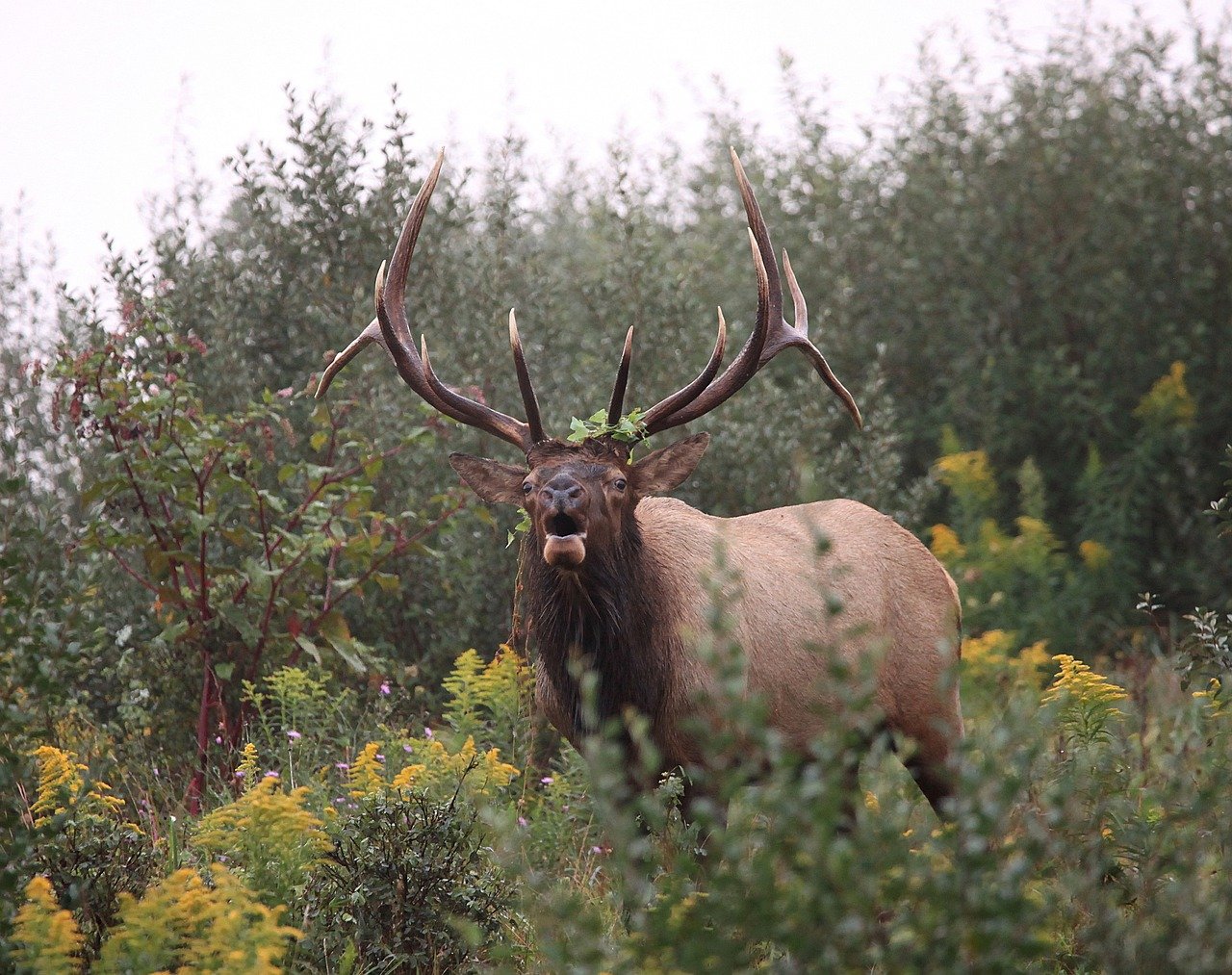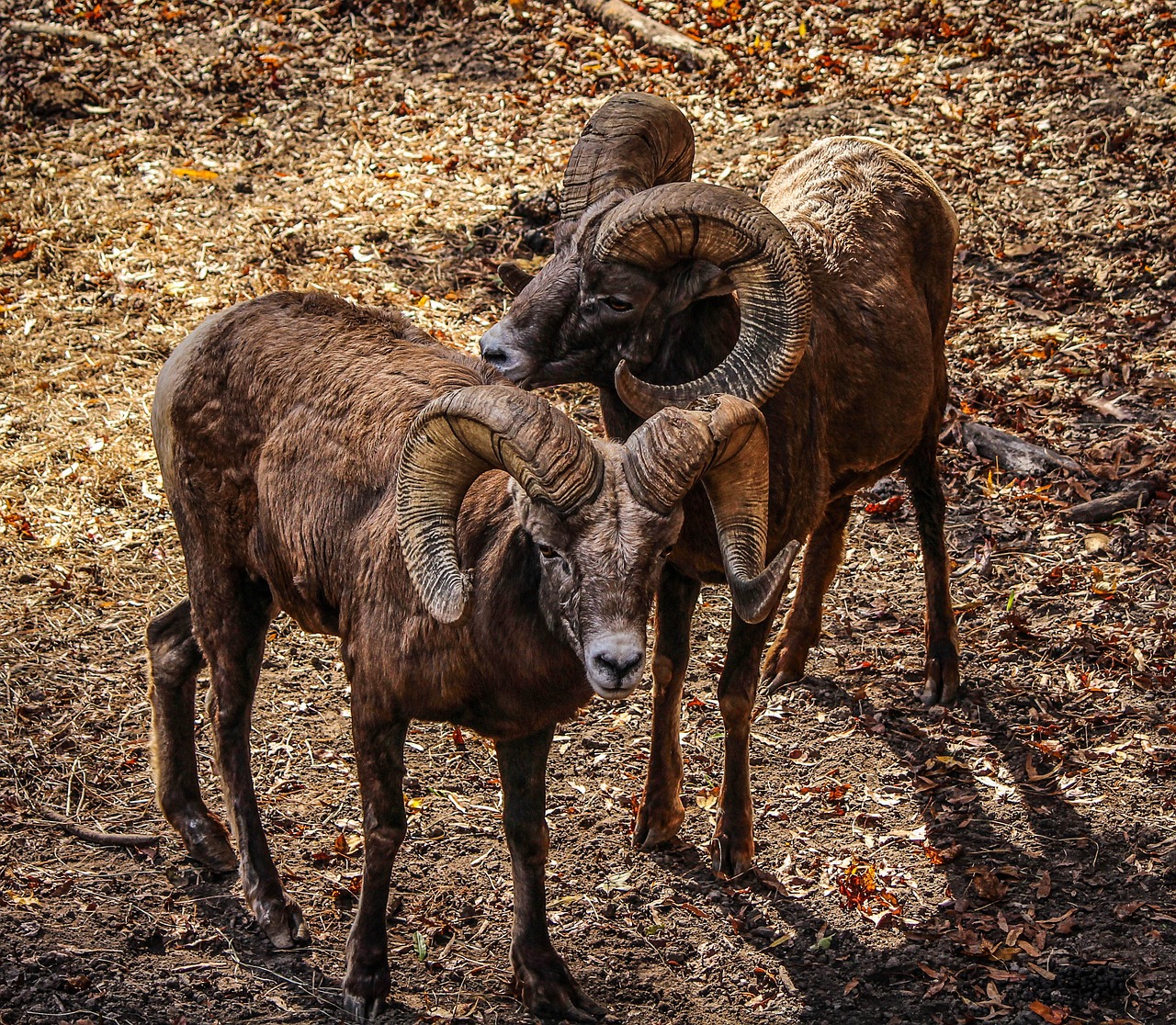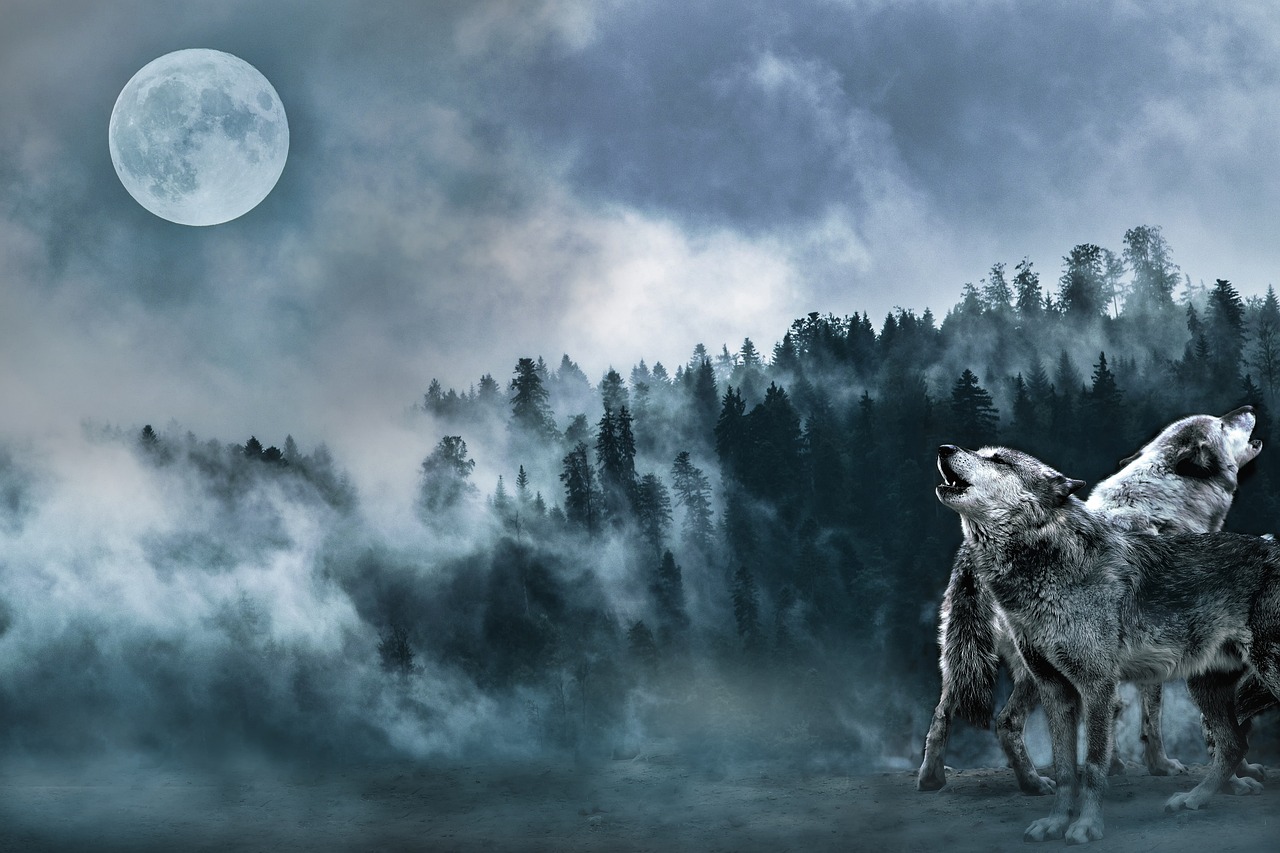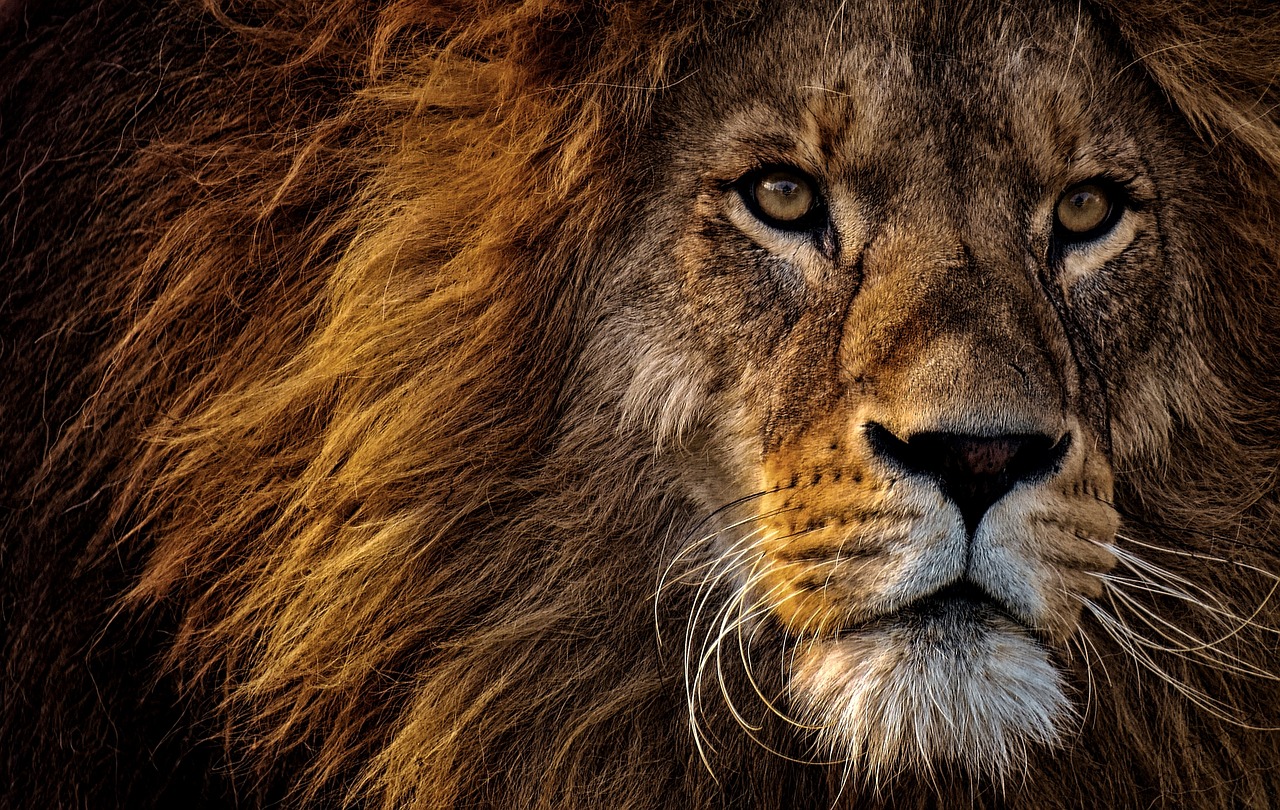The Best Wildlife Viewing in Glacier National Park
Glacier National Park is a haven for wildlife enthusiasts, offering a diverse range of animals in their natural habitats. From the majestic grizzly bears to the agile mountain goats, the park is teeming with fascinating creatures waiting to be discovered. Whether you're an avid wildlife photographer or simply a nature lover, Glacier National Park promises an unforgettable experience amidst the stunning beauty of nature.

Grizzly Bears
Grizzly bears, the iconic symbols of the wild, are a sight to behold in Glacier National Park. These massive creatures, known for their strength and agility, can be found in various parts of the park, particularly in the backcountry areas. Grizzlies are omnivores, with a diet that includes berries, roots, fish, and even small mammals. When venturing out to observe grizzly bears, it's essential to maintain a safe distance and respect their space to avoid any potential conflicts.
One of the best spots to potentially see grizzly bears in Glacier National Park is along the trails near lakes and rivers, where they often come to fish for trout. Additionally, the Many Glacier area and the North Fork region are known for grizzly bear sightings, offering visitors a chance to witness these majestic animals in their natural habitat. Remember, spotting a grizzly bear in the wild is a thrilling experience, but always prioritize safety and follow park guidelines.
If you're lucky enough to encounter a grizzly bear during your visit, observe from a distance using binoculars or a telephoto lens to appreciate their beauty and power without disturbing them. Remember, these magnificent creatures play a vital role in the ecosystem of Glacier National Park, contributing to the balance of nature in this pristine wilderness.

Mountain Goats
Among the breathtaking alpine landscapes of Glacier National Park, the mountain goats stand out as agile climbers, perfectly adapted to the rugged terrain. These majestic creatures can often be spotted in the high alpine regions of the park, where they navigate steep cliffs with ease using their specialized hooves. Mountain goats are known for their white coats that provide excellent camouflage against the snowy backdrop, making them a sight to behold in their natural environment.
One of the best spots to observe mountain goats in Glacier National Park is along the Highline Trail, a popular hiking route that offers stunning views of the surrounding mountains and valleys. As you trek along the trail, keep an eye out for these sure-footed animals perched on rocky outcrops or grazing on alpine vegetation. Additionally, the Hidden Lake Overlook trail near Logan Pass is another prime location for encountering mountain goats up close.
When searching for mountain goats, it's essential to respect their space and observe them from a safe distance to avoid disturbing their natural behavior. Remember to bring binoculars or a camera with a zoom lens to capture the beauty of these wild creatures without encroaching on their habitat.

Elk
When it comes to observing wildlife in Glacier National Park, one of the iconic species that visitors hope to catch a glimpse of is the elk. These majestic creatures can often be spotted in the park's meadows and forests, especially during the early morning and late evening hours when they are most active. Elk are known for their bugling calls during the mating season, adding a touch of wilderness music to the park's atmosphere.
During the fall rutting season, male elk, also known as bulls, engage in fierce battles for dominance and the right to mate with females. This spectacle of nature is not only thrilling to witness but also offers insights into the intricate social dynamics of these large herbivores. Visitors can increase their chances of spotting elk by exploring areas with abundant vegetation and water sources, as these are key elements of the elk's habitat.
Elk play a vital role in Glacier National Park's ecosystem, contributing to seed dispersal and vegetation management through their grazing habits. By observing these graceful animals in their natural environment, visitors can gain a deeper appreciation for the interconnectedness of wildlife and the environment. Whether you encounter a solitary elk or a herd moving through the landscape, each sighting offers a unique opportunity to connect with nature.

Bighorn Sheep
When it comes to experiencing the rugged beauty of Glacier National Park, encountering the iconic Bighorn Sheep is a highlight for many wildlife enthusiasts. These majestic creatures are well-adapted to the steep and rocky terrain of the park, making them a fascinating sight for visitors seeking a glimpse of wildlife in their natural habitat.
The Bighorn Sheep, known for their impressive curved horns that can weigh up to 30 pounds, are typically found in the higher elevations of Glacier National Park. Their ability to navigate the rocky cliffs and slopes with ease showcases their remarkable agility and strength, making them a symbol of resilience in the wild.
For those eager to spot Bighorn Sheep during their visit, exploring areas such as Logan Pass and the Highline Trail can increase your chances of encountering these elusive creatures. Keep an eye out for small herds moving gracefully across the rugged landscape, showcasing their impressive climbing abilities and social dynamics.
During the spring and early summer months, Bighorn Sheep are often seen grazing on alpine meadows and traversing the rocky outcrops in search of food. Observing their natural behaviors, such as agile leaps between rocks and interactions within their herds, offers a unique insight into the lives of these magnificent animals.
Remember to maintain a respectful distance and use binoculars or a telephoto lens to observe Bighorn Sheep from afar, ensuring minimal disturbance to their natural behaviors. By immersing yourself in the high alpine environments where these iconic animals reside, you can truly appreciate the beauty and resilience of the Bighorn Sheep in Glacier National Park.

Wolves
Wolves are fascinating creatures that have long captured the imagination of wildlife enthusiasts and nature lovers alike. In Glacier National Park, these elusive predators roam the vast wilderness, showcasing their pack dynamics and hunting strategies. The reintroduction efforts have been crucial in maintaining a healthy wolf population in the park, offering visitors a rare opportunity to witness these majestic animals in their natural habitat.
When exploring Glacier National Park in search of wolves, it's essential to understand their behavior and habitat preferences. Wolves are known for their social structure, with packs led by an alpha pair that coordinates hunting and territorial defense. The park's expansive forests and meadows provide ample opportunities for wolves to thrive, offering a diverse landscape for them to navigate and hunt.
One of the best ways to potentially catch a glimpse of wolves in Glacier National Park is to visit areas with high elk populations, as wolves often prey on these ungulates. Look for signs of wolf activity such as tracks, scat, or howling, indicating their presence in the vicinity. Early mornings and evenings are prime times for wolf sightings, as they are most active during these hours.
For those interested in learning more about wolves, the park offers educational programs and guided tours that delve into the fascinating world of these apex predators. Understanding the role of wolves in the ecosystem and their impact on the local wildlife population adds depth to the wildlife viewing experience in Glacier National Park.

Mountain Lions
Mountain lions, also known as cougars or pumas, are elusive predators that roam the vast wilderness of Glacier National Park with stealth and grace. These majestic big cats are known for their solitary nature and exceptional hunting skills, making them a rare but awe-inspiring sight for lucky visitors. While they are primarily nocturnal creatures, mountain lions can sometimes be spotted during the day, especially in the early morning or evening hours when they are most active.
One of the key factors in increasing your chances of encountering a mountain lion in Glacier National Park is to keep a keen eye out for signs of their presence. Look for tracks, scat, scratch marks on trees, or deer carcasses, as these are indicators that a mountain lion may be in the vicinity. Remember to always maintain a safe distance and never approach or feed these wild animals, as they are unpredictable and should be respected from afar.
Due to their elusive nature, observing mountain lions in the wild requires patience, perseverance, and a deep appreciation for the natural world. If you're fortunate enough to catch a glimpse of a mountain lion during your visit to Glacier National Park, consider yourself truly blessed to witness one of the park's most iconic and mysterious inhabitants in their natural habitat.

Moose
Moose, the iconic giants of the forest, can be spotted in the wetlands and dense forests of Glacier National Park. These majestic creatures are known for their towering antlers and imposing presence. To increase your chances of observing moose during your visit, head to areas near water sources such as lakes and rivers where they often graze on aquatic plants. Keep an eye out for their large tracks in the mud and listen for the sound of branches breaking as they move through the undergrowth.

